Alongside various policies promoting cross-border connections and the one-hour life circle taking shape, the integration of the Guangdong-Hong Kong-Macao Greater Bay Area has grown with leaps and bounds.
Liu Jieyi, spokesperson for the second session of the 14th National Committee of the Chinese People's Political Consultative Conference, made the remarks at a press conference on Sunday, one day ahead of its annual session.
"The CPPCC has always been concerned about the economic and social development of Hong Kong, Macao and the Greater Bay Area through a variety of forms of consultation and discussion," Liu told the conference packed with media representatives.
According to the spokesperson, national political advisers have provided suggestions and proposals on various aspects to accelerate the integration of the Greater Bay Area market over the past year. These include optimizing cross-border compliance systems for financial data, promoting digitalization in industries, and establishing mechanisms for the sharing of talents across regions.
CPPCC National Committee members from Hong Kong and Macao also conducted research trips in multiple locations in Guangdong province, with a focus on exploring cooperation and developing platforms such as Hengqin, Qianhai, and Nansha.
Concerted efforts have borne fruit. With a population of 87 million, the Bay Area's economic output is estimated to top 13.6 trillion yuan in 2023 — 1 trillion yuan more than that in 2021 — data from Guangdong's Development and Reform Commission show.
During this year's Spring Festival, 2.52 million mainland residents traveled to Hong Kong and Macao, while 2.49 million trips were made the other way around, Liu said.
The integration trend followed a boom in infrastructure projects linking Hong Kong with the Pearl River estuary and well-placed policy coordination.
Among an increasingly sophisticated jigsaw puzzle of interconnected infrastructure projects in the Bay Area is the 55-kilometer Hong Kong-Zhuhai-Macao Bridge — the world's longest bridge-tunnel sea-crossing, which opened in 2018.
Other key projects include express rail links, special cooperation zones, and massive real-estate investments that have boosted the cross-boundary flow of people, capital, logistics and information.
Among a string of landmark measures to boost soft connections among the 11-city cluster is the launch of northbound travel for Hong Kong vehicles program, which allows eligible Hong Kong private cars to travel between Hong Kong and Guangdong via the Hong Kong-Zhuhai-Macao Bridge without the need to obtain regular quotas.
Liu said in-depth research will be conducted by the CPPCC National Committee to promote infrastructure construction and policy coordination.
This year marks the 5th anniversary of the Bay Area. On Feb 18, 2019, Chinese authorities revealed the outline development plan for the GBA, aiming to develop the region into a role model of high-quality development.








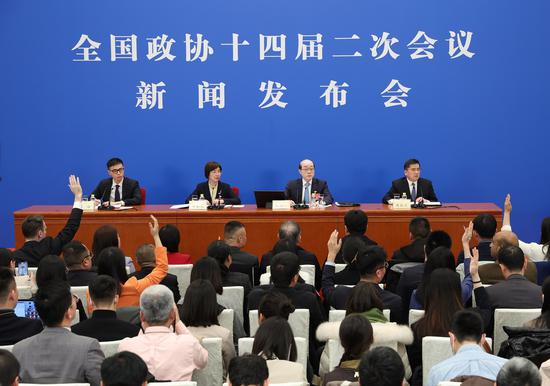

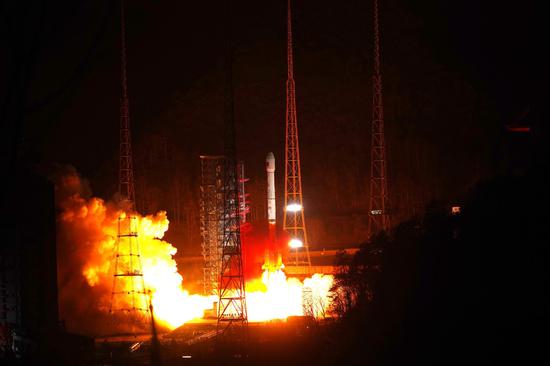
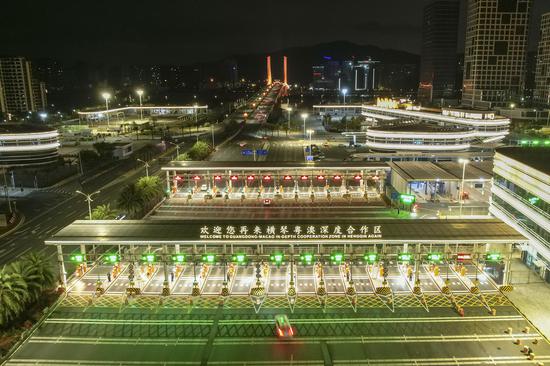






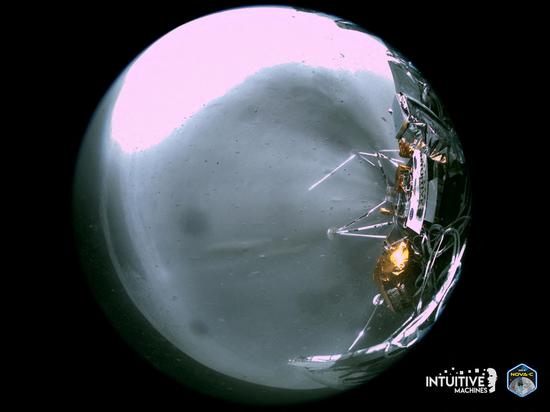
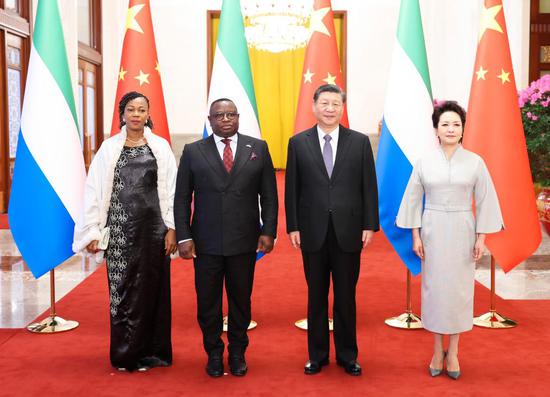


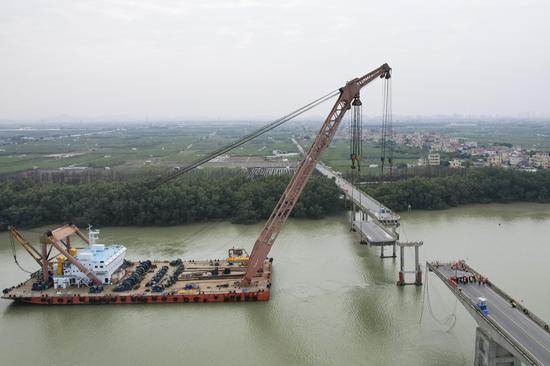
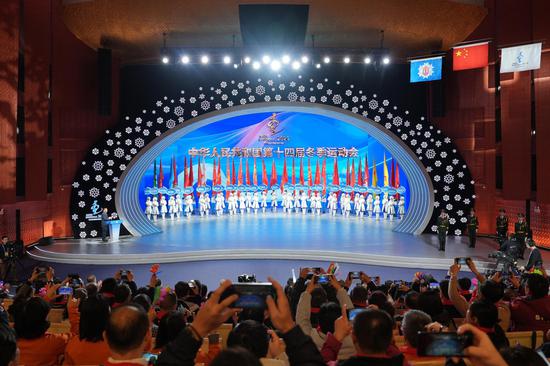


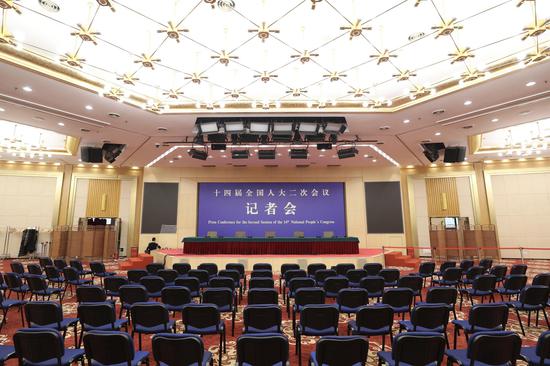
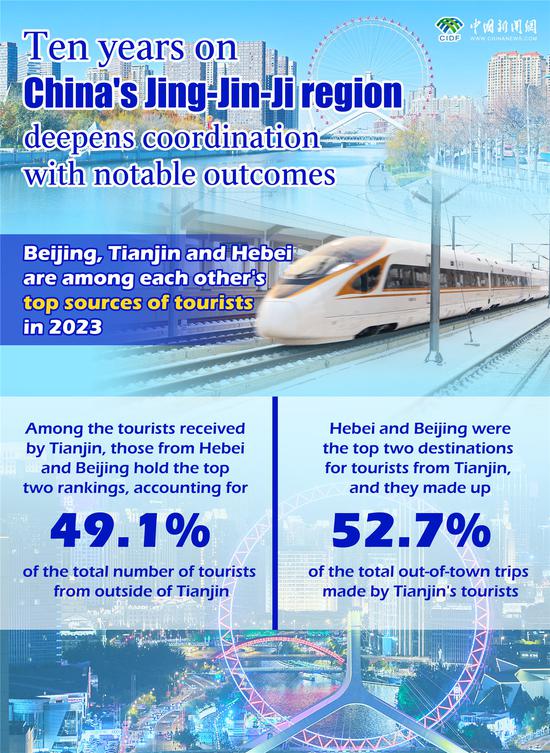

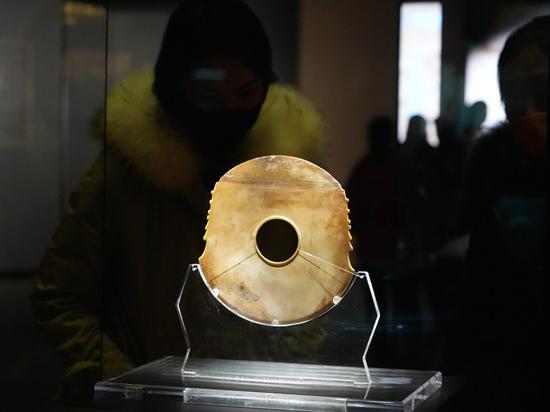
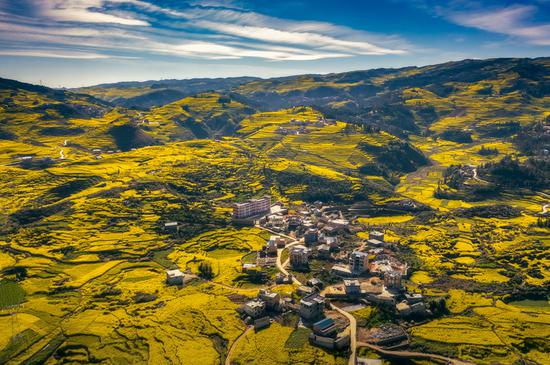


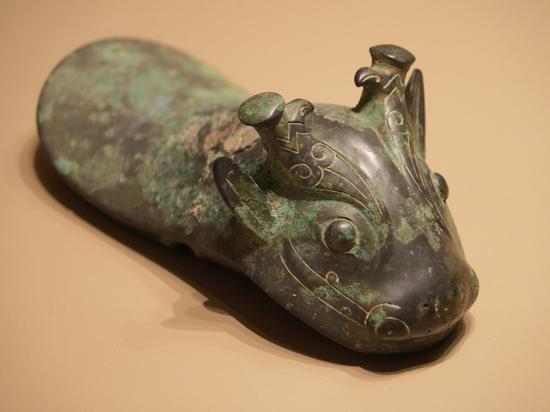



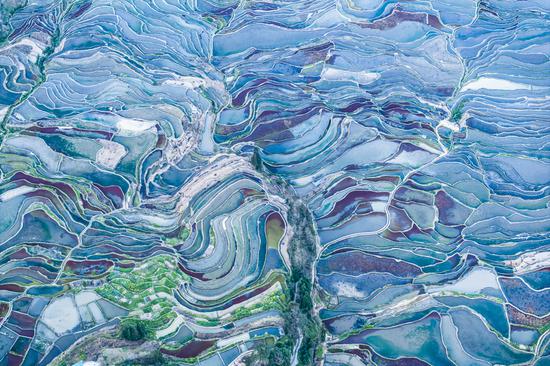

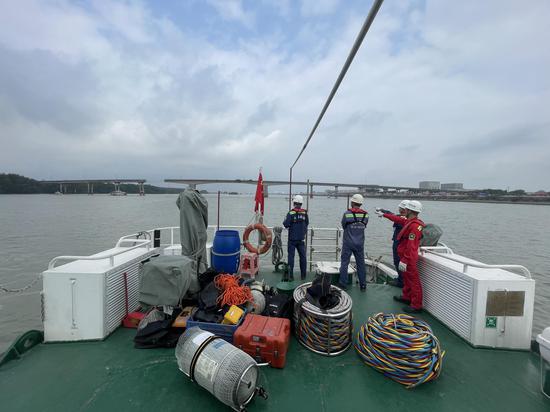
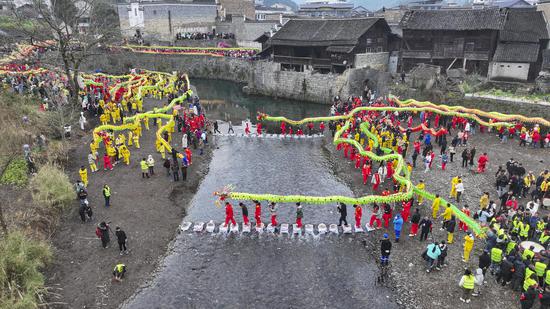

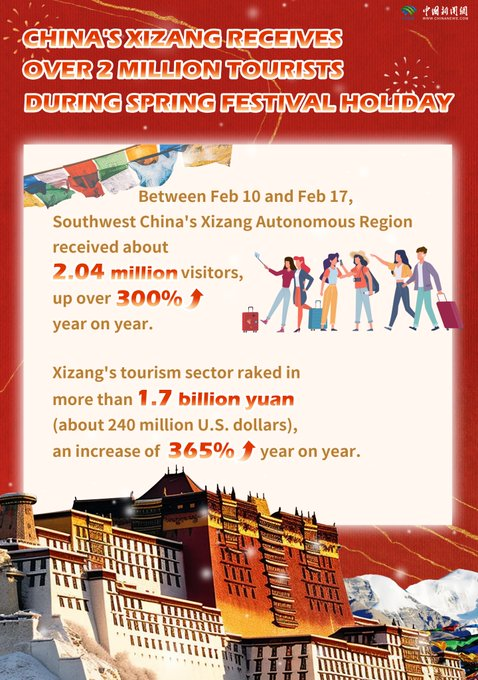
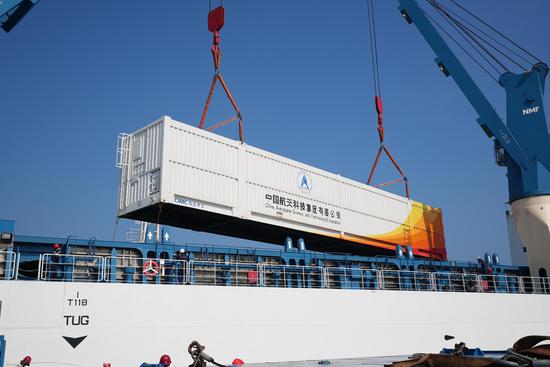
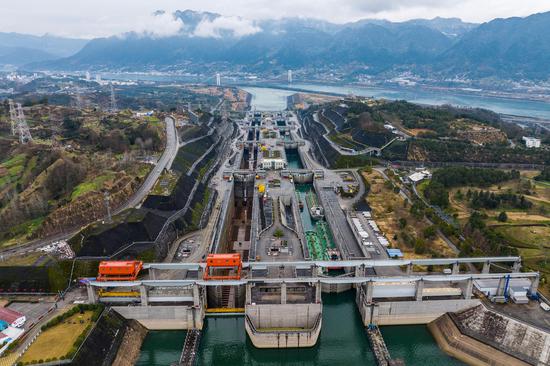

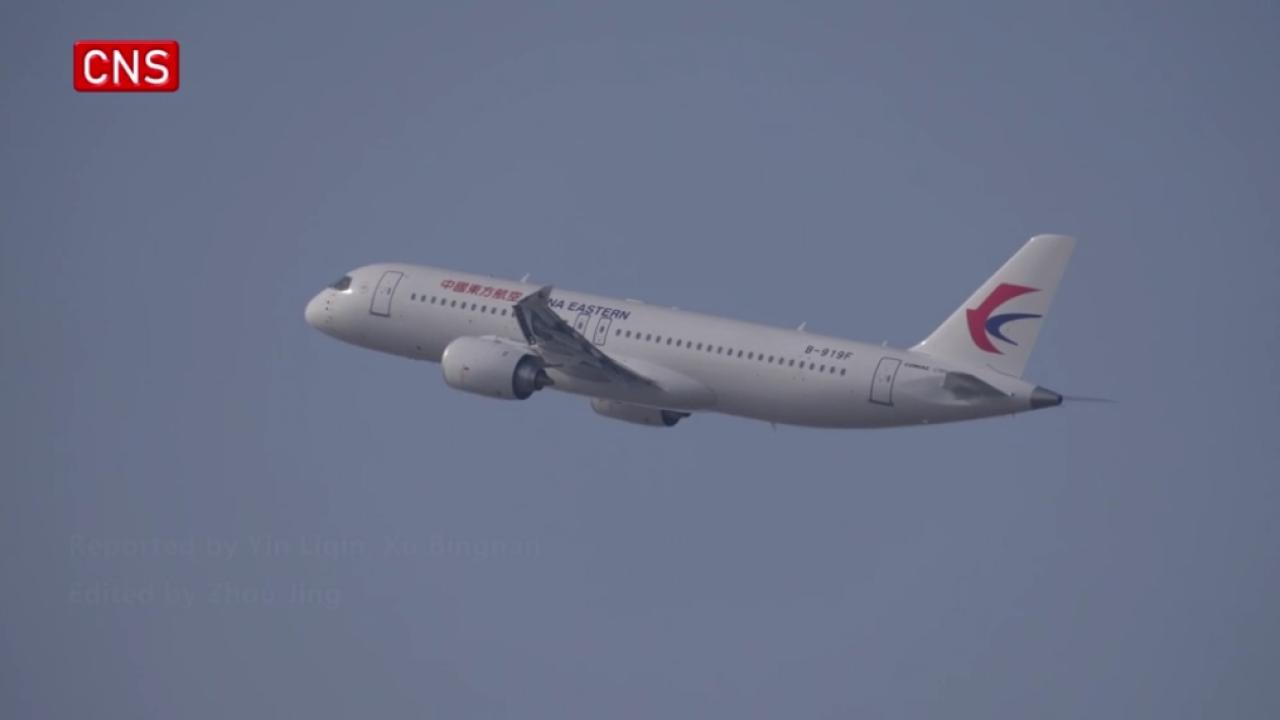

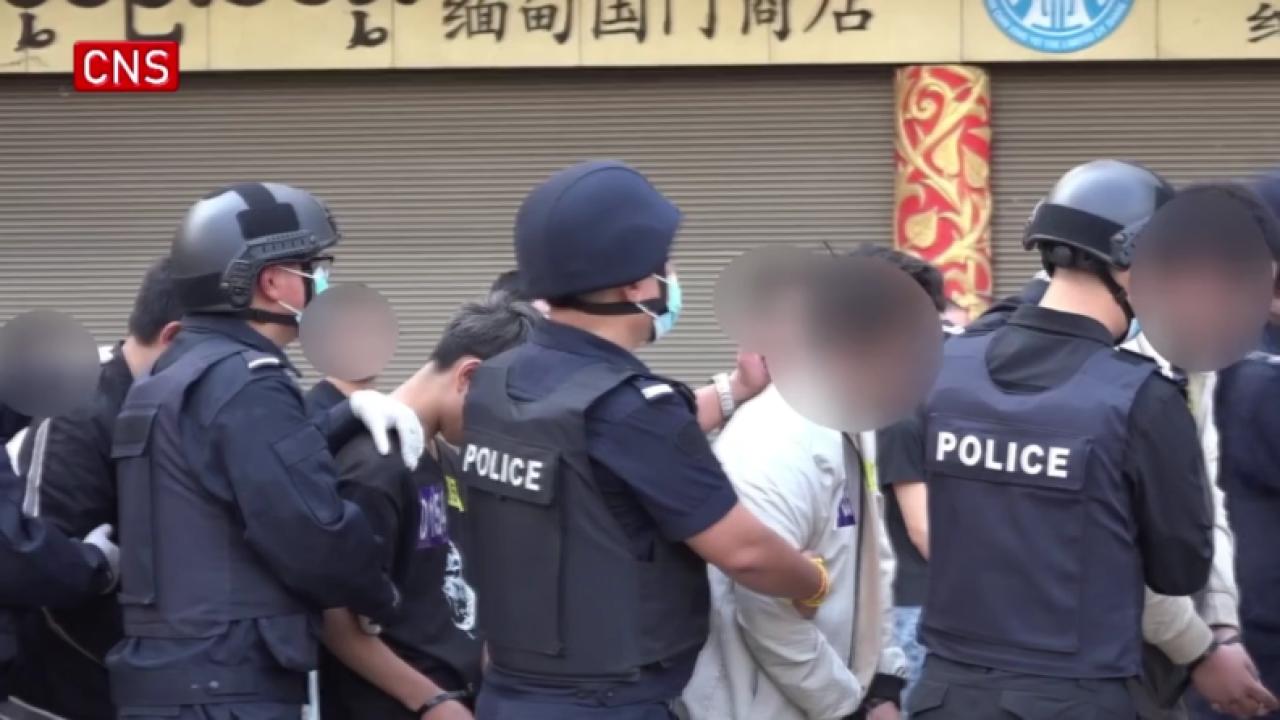

 京公网安备 11010202009201号
京公网安备 11010202009201号